How to save fuel
On By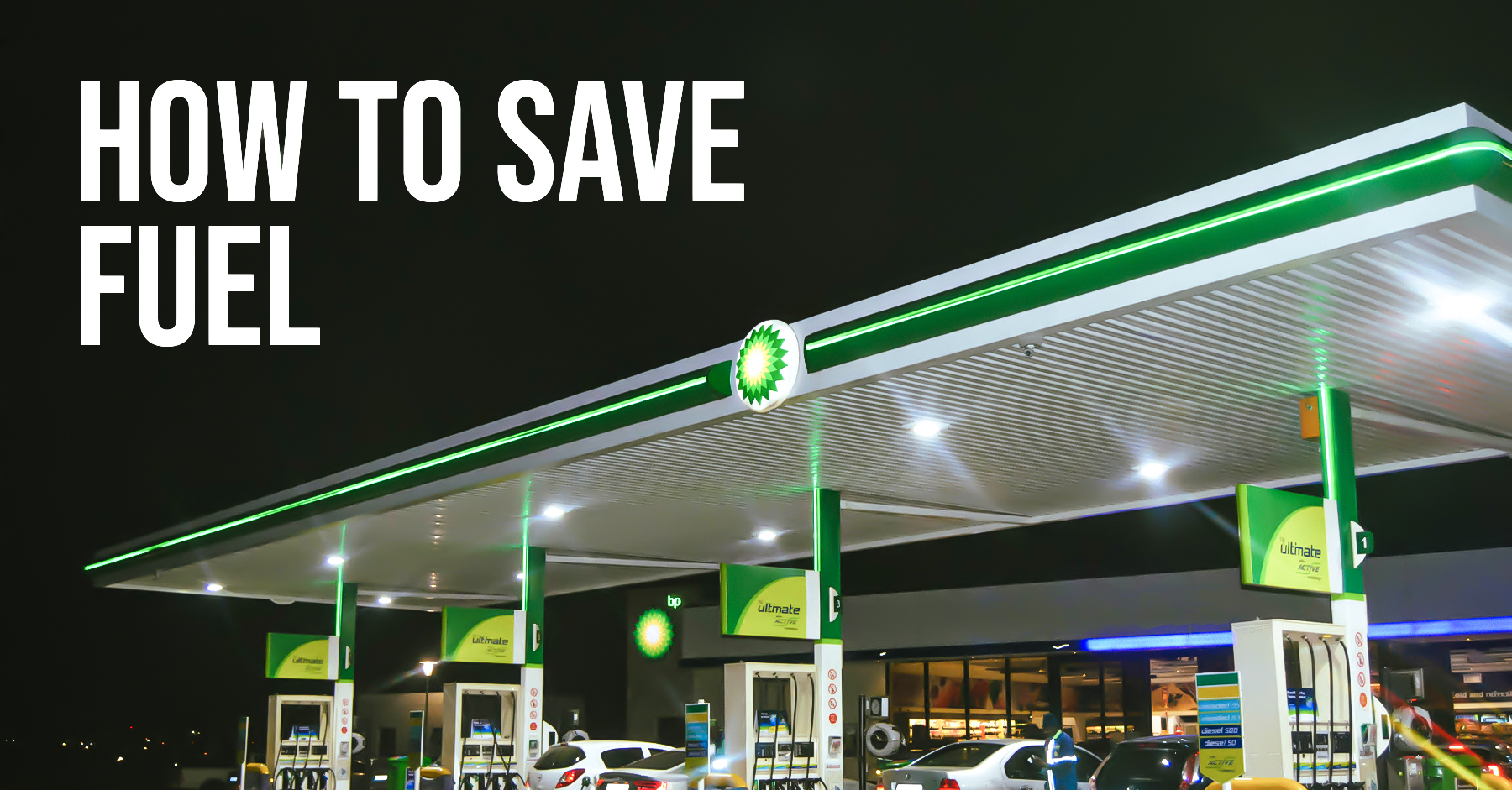
Fuel shortages have caused issues up and down the country over the past week with panic buying causing long queues outside any petrol station that has petrol or diesel available.
In light of the recent petrol problems, we have compiled ten top tips on how you can make your tank last longer.
On their own, these factors won’t make much difference to your fuel consumption but by combining many of these tips, you can increase your vehicle’s mpg and reduce the number of times you have to stop for fuel.
1. Maintain your vehicle and keep your tyres inflated
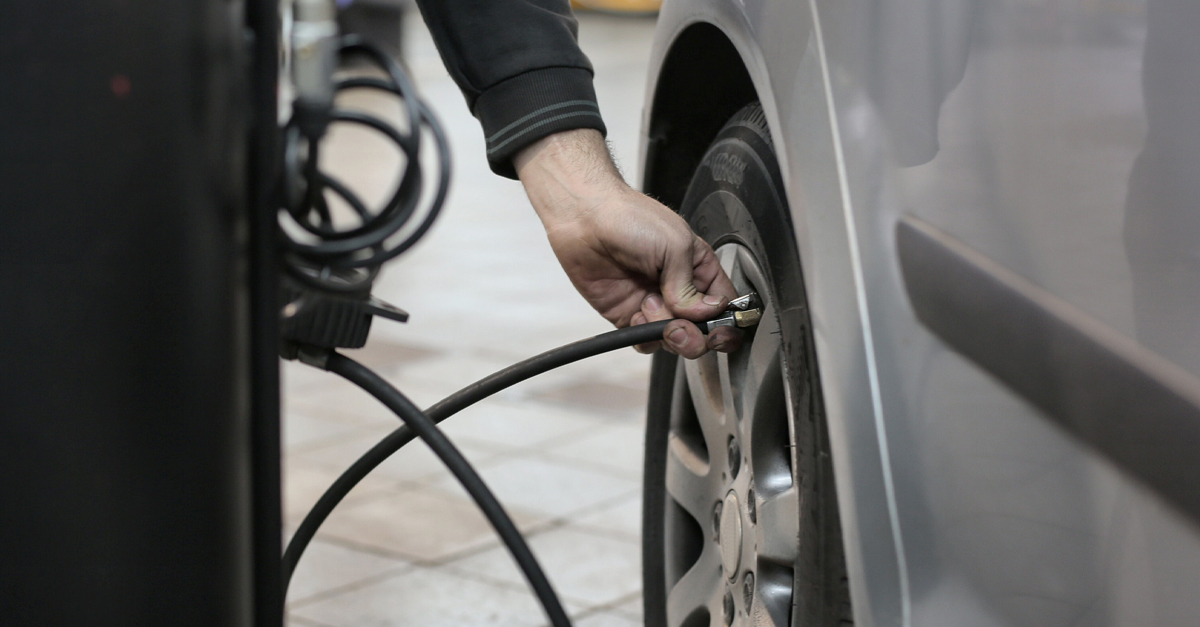
All vehicles operate more efficiently when they are properly maintained. In particular, inflated tyres at the correct pressure as stated in your owner’s manual can greatly contribute to your fuel economy.
If you’re carrying a heavy load or have lots of passengers then you’ll want to make sure that your tyres are pumped up to the maximum recommended pressure.
2. Go easy on the accelerator
Being gentle and smooth with your right foot is crucial to saving fuel.
Throughout a single journey, you may have to accelerate from a stopped position numerous times. By gently building up speed, as opposed to racing off your mark, will help you to maintain a higher mpg.
3. Use the highest gear possible for the speed at which you’re travelling
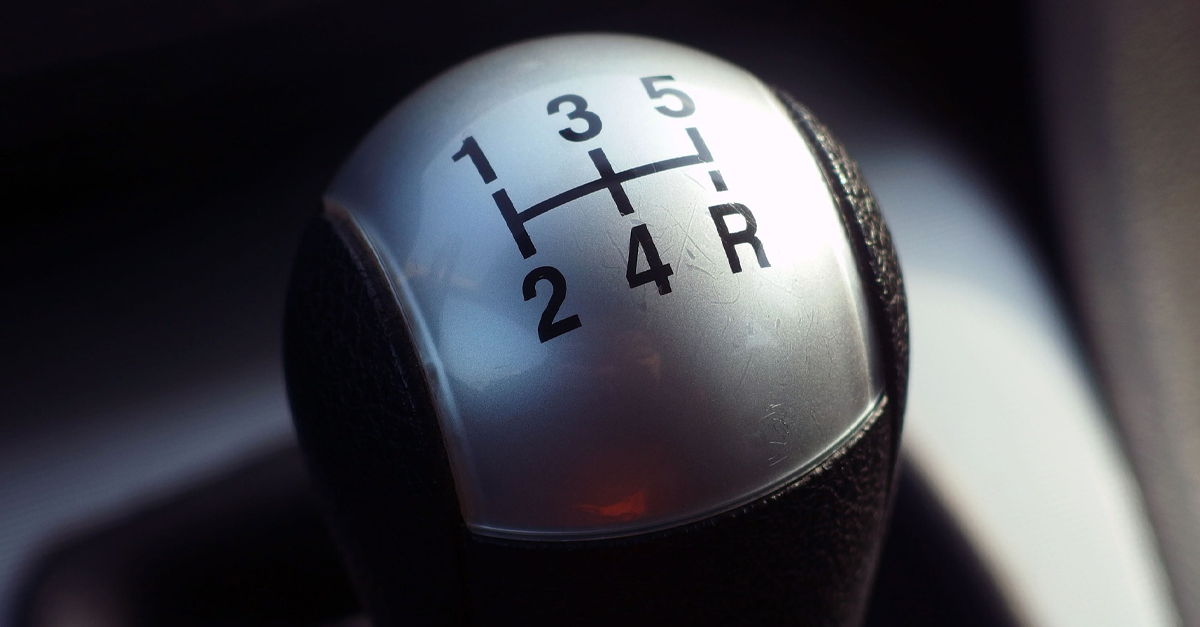
Changing up through the gears as quickly as you can whilst using the lowest revs possible (around 2000rpm) is a particularly useful way to drive in urban areas.
Many motorists will change up too late which means that their engine does a lot of unnecessary extra work.
4. Don’t go too fast
For most cars, the most efficient driving speed is around 55-65mph. Anything above this will dramatically reduce your mpg. Driving at 85mph uses 40% more fuel than when travelling at 70mph, for example.
5. Anticipate what’s ahead
Not losing momentum is important when saving fuel. Your vehicle will use more fuel when starting from a still position, so avoiding unnecessary stops by anticipating and slowing down is a good driving technique to make your tank go further.
When tackling hills, it's a good idea to anticipate and accelerate before you reach the start, this is so that you carry your momentum over into the uphill climb.
6. Reduce wind resistance
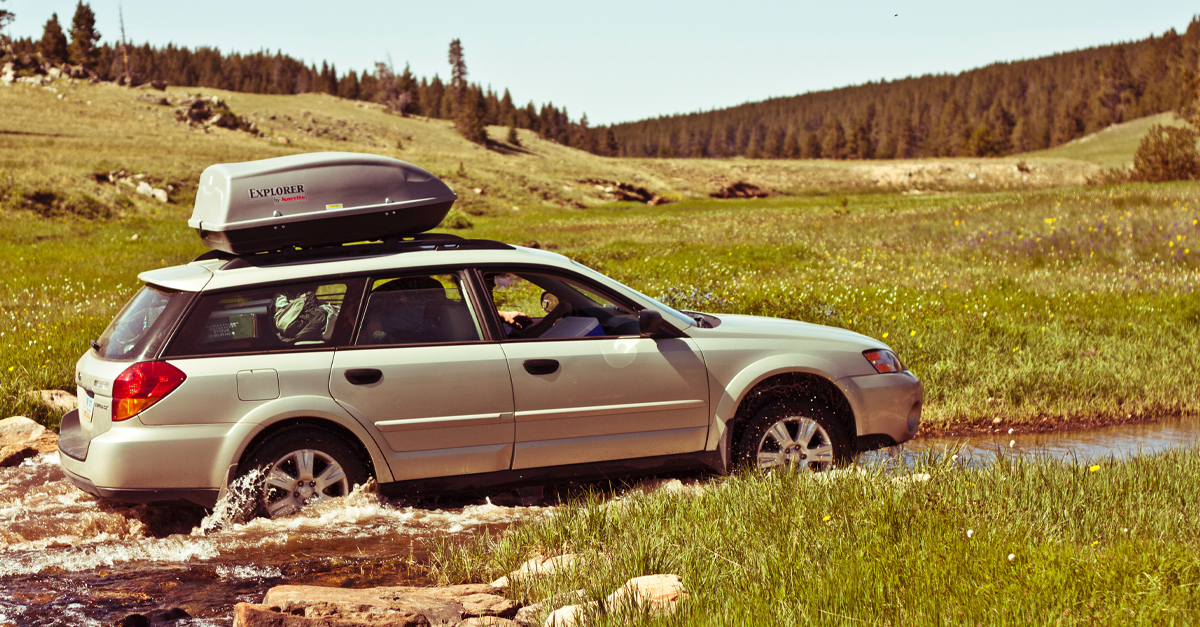
An easy way to save a bit of fuel is to reduce the drag of your vehicle. This can be done by removing any unnecessary items attached to your car like an empty roof rack or roof box. Keeping your windows shut also helps to increase aerodynamics.
Some roof racks and boxes can increase drag by as much as 39%, removing these when they are not being used will make a positive difference.
7. Reduce weight
One rule that rings true for all vehicles is that the heavier it is, the more fuel it will usually consume. With this rule in mind, avoid keeping unnecessary luggage in your boot or on the back seats – this will increase your mileage in the long run.
8. Stop idling
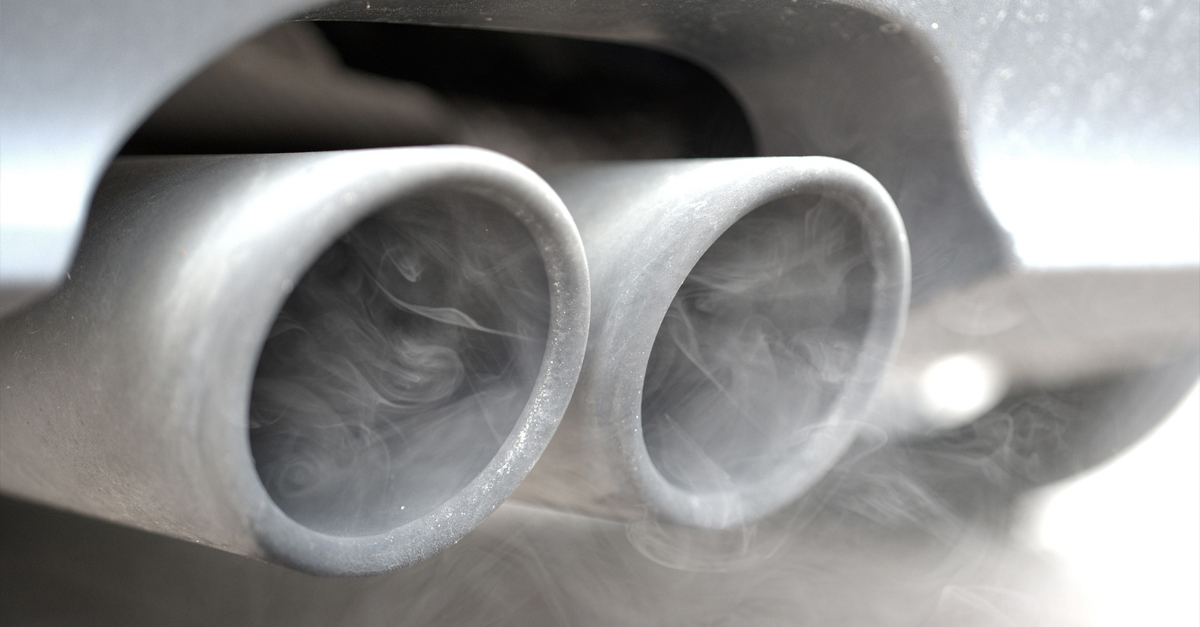
Even though it seems like common sense, idling for long periods is something that many drivers are guilty of.
When running your engine whilst idling, you consume about half a gallon to a gallon of fuel every hour. This is on top of the C02 emissions that you are pumping into the air during that time.
9. Combine journeys
Plan your travelling ahead of time so that you can complete one round trip as opposed to lots of small, short trips.
A warm engine performs much more efficiently than a cold one, so one long trip means that you can avoid having to warm up your engine multiple times.
10. Turn off your air-con
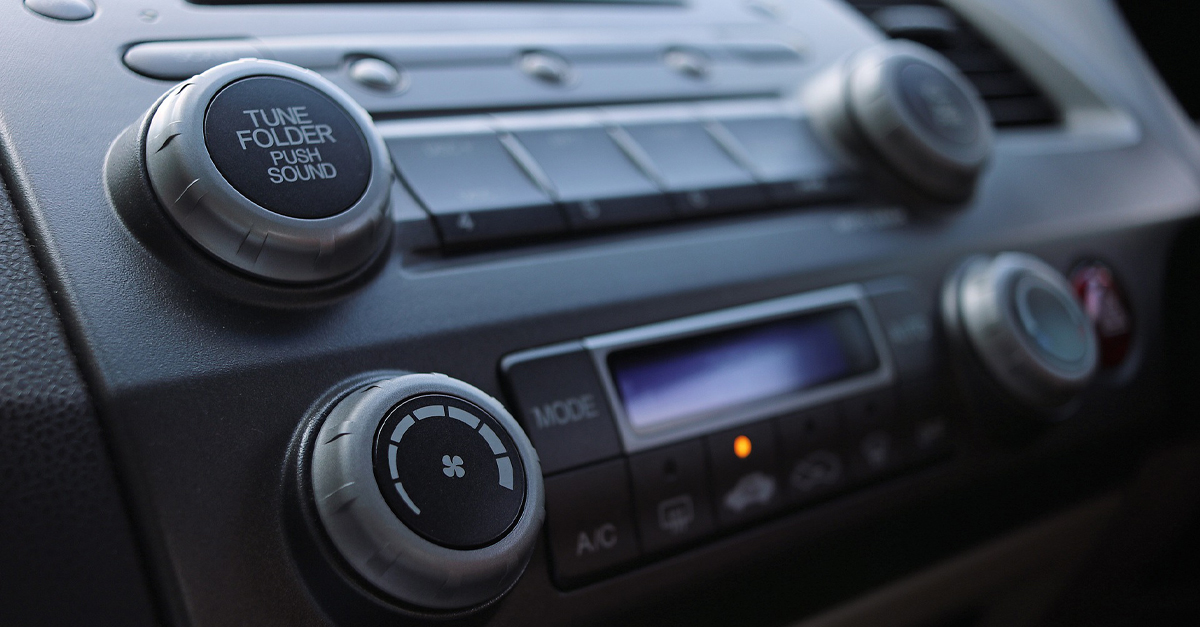
Your car’s AC will increase your fuel consumption when used too much. One way to avoid using too much air-con is to appropriately dress for the weather so that you’re never too hot or too cold.

